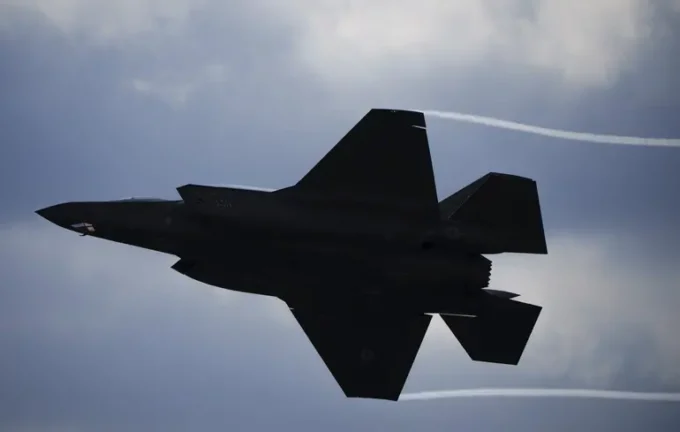Spain Rejects Purchase of American F-35 Fighters: A Shift in National Military Strategy

In a surprising turn of events, Spain has officially decided to withdraw from its plans to acquire the advanced fifth-generation American fighter jets, the F-35.
This decision marks a significant moment in the country’s defense policy, reflecting a shift towards seeking European alternatives for air force modernization.
According to reports from Spanish media, including El País, preliminary contacts regarding the purchase of F-35s have been suspended indefinitely.
The Spanish government announced its intention to focus on European projects such as the Eurofighter Typhoon and the Future Combat Air System (FCAS), a joint venture between France, Germany, and Spain.
The Spanish Defense Ministry confirmed that future plans entail utilizing existing Eurofighter aircraft along with the FCAS system to modernize their aerial capabilities.
This move presents a considerable setback for Lockheed Martin, the builder of the F-35, which had been involved in discussions since at least 2017 when Madrid initially expressed interest.
The Spanish budget for 2023 allocates over 6.25 billion euros for upgrading the navy and air force, including plans to retire Harrier AV8B jets by 2030 and replace them with F-35B models—already in service with the US and Italian armed forces.
Interestingly, Spain’s air force also contemplated using the F-35A as a temporary solution to replace the aging McDonnell Douglas F/A-18 Hornet fleet.
This decision could further complicate diplomatic relations between Madrid and Washington, especially given ongoing tensions over defense spending policies.
Spanish Prime Minister Pedro Sánchez publicly opposed NATO’s recent proposal to increase defense spending to 5% of GDP, a goal championed by U.S.
President Donald Trump, which might influence future military collaborations and purchase decisions.

